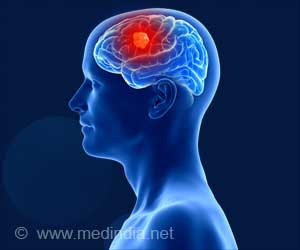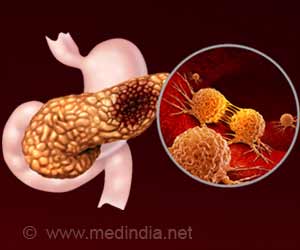In addition to giving people an elegant decor, gold may also become a precious tool for cancer diagnosis soon.
Purdue University researchers have created gold nanoparticles that are capable of identifying marker proteins on breast cancer cells.Lead researcher Joseph Irudayaraj, an associate professor of agricultural and biological engineering, says that the method will be about three times cheaper than the current analogous technology called flow cytometry, and that it has the potential to provide many times the quantity and quality of data.
"We hope that this technology will soon play a critical role in early detection and monitoring of breast cancer. Our goal is to see it in commercial use in about four years," said Irudayaraj.
The gold nanoparticles are tiny rod-shaped gold particles, even smaller than viruses, which are equipped with antibodies designed to bind to a specific marker on cell surfaces. Researchers analyse these surface markers, proteins on a cell's exterior, because they can contain valuable information about what type of cell they belong to or in what state that cell may be.
"In cancer diagnosis, the ability to accurately detect certain key markers will be very helpful because certain types of cancers have specific surface markers," Irudayaraj said.
While flow cytometry requires hundred to thousands of cells to diagnose cancer, the gold nanoparticles require only a few cells, which is why it may be advantageous when dealing with scarce sample sizes, says the researcher.
Advertisement
Irudayaraj believes that the gold nanoparticles will be able to detect as many as 15 different markers in the future, possibly opening the door for even more comprehensive tests.
Advertisement
The new invention has been reported online in the journal Analytical Chemistry.
Source-ANI
SRM/B









